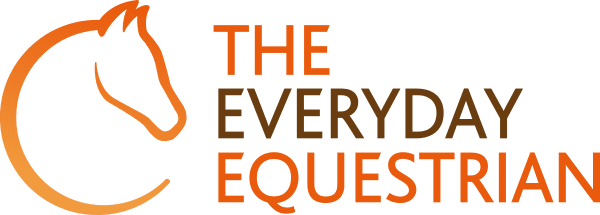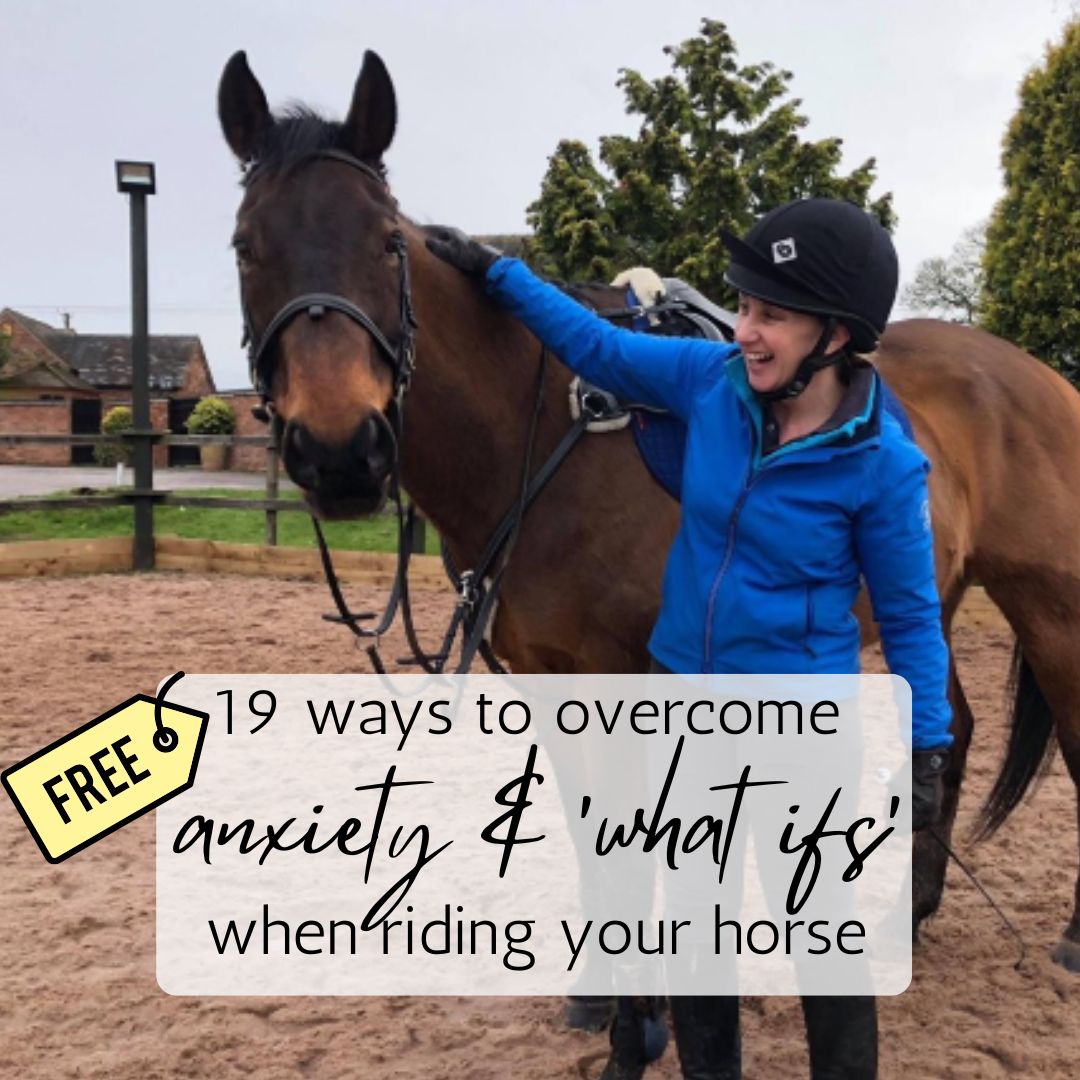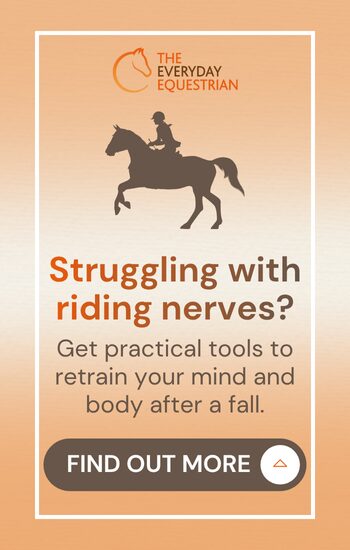What is ‘rhythm’?
Rhythm means how regular the steps are at each pace. Every stride should be a consistent length, height and level of impulsion (energy).
For example:
- Walk – four clear hoof beats, at a good ‘marching’ pace
- Trot – two hoof beats. The horse’s legs move in diagonal pairs, plus a moment of suspension where all four hooves are off the ground
- Canter – three clear beats with a moment of suspension
If there is any deviation from these ideals, then it clearly suggests problems with the horse’s rhythm.
Rhythm is also linked to the tempo of the pace; i.e. how fast the pace/strides are. The horse should stay at the same speed and not deviate faster or slower. Changes in tempo often happen during lengthening and shortening the stride; we are aiming for the stride length to adjust without changing the tempo.
Rhythm should be maintained at all times, whether riding a corner, school movement, straight line or transitions. It sounds easy doesn’t it…?
Easy Exercise to improve your horse’s rhythm:
Following an initial warm up period, in walk, trot or canter, ride a good working pace around the arena. You should be asking your horse to move positively with energetic steps, but he should not be rushing.
Once you have established this, then try counting the number of strides which the horse takes between two markers on the long side of the arena. You are aiming to achieve the same number of strides between the quarter and centre markers on both long sides.
Make sure that you are keeping the horse as straight as you can, and riding into your corners positively
A progression of this exercise is once you have easily & happily ridden the same number of strides consistently between markers, you could try to graduallyshorten the strides, i.e. you are aiming for 1-2 strides more between each marker. Equally, you can then try to length the strides, i.e. you are aiming for 1-2 strides less (than your original number) between each marker.
Rhythm is the first ‘rung’ on the ladder which is the German Scales of Training; from this, all other characteristics evolve. Get this right & you will start to have a balanced & enjoyable ride!


